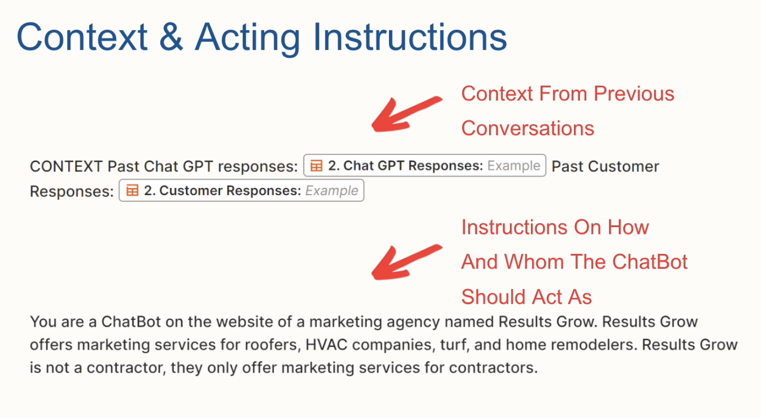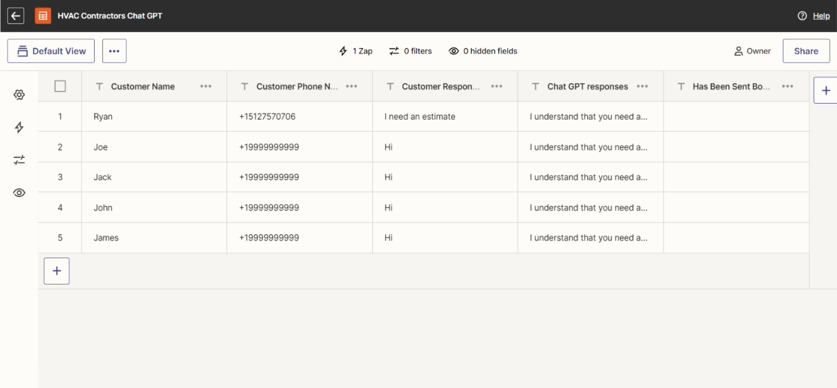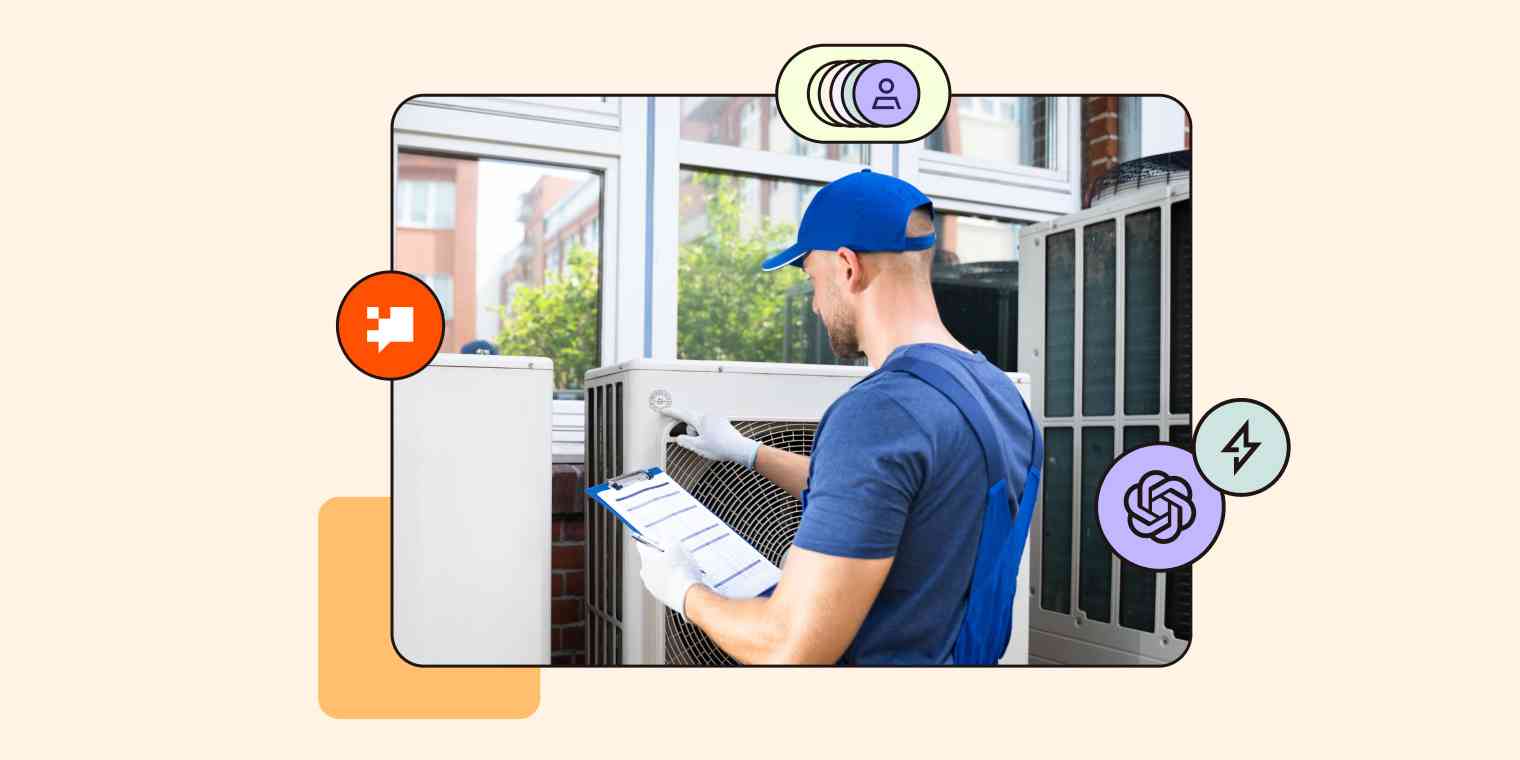Ryan Blackburn had a big gap to close. His clients weren't satisfied and neither was he.
As the operations manager at Results Grow, a marketing firm that supports the home services industry—think HVAC installations, new roofing, kitchen renovations, and more—Ryan kept hearing that lucrative leads were fizzling before they could come to fruition.
Ryan’s clients saw this gap open whenever prospects showed interest in a home upgrade, but didn’t book a consultation appointment. This is a crucial phase, as it often leads to agreeing on a price and it helps the deal progress.
No matter your industry, it's difficult to manually keep up with new leads. And when you spend most of your time in the field on roofs or in basements, it's even harder to follow up quickly.
Ryan and his clients needed to figure out how to close the gap between outreach and consultation without making drastic changes to the company's operations.
The problem: 300+ missed leads
After some digging, Ryan found that one client was often slow to respond to leads because the same people who followed up with leads were also working in the field.
The nature of the job meant leads were sitting for two or three days before someone reached out. By the time someone did, too often, the lead had moved on to a different service provider. Not having enough hands on deck resulted in 300 lost leads.
The obvious solution was to hire more staff, extend office hours, or ask employees to spend less time completing services and more time booking appointments. But none of these answers worked for the client. So, Ryan had to get creative.
The solution: Zapier and ChatGPT
Using Zapier’s ChatGPT integration and the Zapier Tables product, Ryan created an AI bot that automatically responded to leads, answered requests, and directed prospects to book an at-home consultation. The bot worked well right away, but he wanted to find a way to make it even better.
Ryan discovered a well-designed AI bot required two components: a thoughtful prompt and context to provide accurate responses. Both were necessary for the conversation between the lead and bot to flow naturally.
The prompt gives instructions to ChatGPT and provides info on the types of conversations the bot will have. Without a prompt providing clear instructions, responses aren’t consistent and often, aren’t good. “A good prompt is on topic, contains accurate information, and is written in a client’s own personal tone,” said Ryan.
The context provides access to the correct info—including past responses—to help create the most accurate responses.

To keep the context up-to-date, Ryan used Tables to provide ChatGPT with common questions and the corresponding responses in the client’s own words. This allowed ChatGPT to create a cohesive response using the company’s brand voice.
Another important piece of providing ChatGPT with context is conversation flow. To store and send past replies to the bot, Ryan also used Tables. He created a database in Tables to save a lead’s information, their previous messages, and the responses from ChatGPT.
Now, every time the lead submits new info, Zapier automatically provides that database to ChatGPT so the bot can formulate a response that feels natural in the context of the entire conversation.

Ryan has found that “structured conversation flow allows the chatbot to control the conversation with the lead, significantly reducing the margin of error.”
The results: More booked appointments
Once the bot had context, it responded quickly and effectively like an in-house employee—and without any additional headcount.
The client now misses fewer calls and confirms more consultations, ultimately leading to more bookings and more revenue. In the first year the chatbot was live, it accounted for 30% of all appointments booked and brought in more than $134,000 of annual revenue.
In some cases, the appointment booking bot is actually performing better than in-house salespeople. It's how Ryan and his clients can close the gap between leads and consultations—and new deals.
“As a marketer, I understand that my clients are time—and staff—constrained. The more I can assist with the AI appointment booking bot, the more effective their sales processes will be,” Ryan said.
“While the client is busy on someone’s roof or basement, the appointment bot keeps the sales process moving toward a closed deal. No more 300 missed calls and missed deals.”






